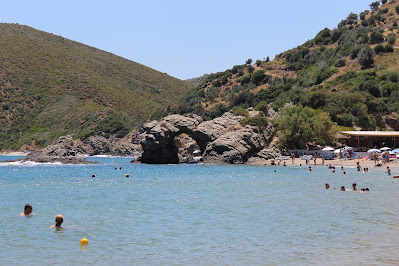The Science of Swimmer's Itch: Understanding the Parasites Behind the Rash

Swimmer's itch, also known as cercarial dermatitis, is a skin rash caused by an allergic reaction to certain microscopic parasites. These parasites infect certain types of snails and then infect humans through direct contact with infected water. To understand swimmer's itch, it's important to know more about the parasites that cause it. The parasites that cause swimmer's itch belong to the group of trematodes, commonly known as schistosomes. They have a complex life cycle that involves both a snail host and a human host. The adult parasites live inside the snail, where they reproduce and release thousands of tiny larvae called cercariae into the water. When a human comes into contact with the infected water, the cercariae burrow into the skin and die, triggering an immune response that results in the characteristic rash and itching of swimmer's itch. The cercariae are able to burrow into the skin because they have a unique organ called a cercarial tail that enables ...





